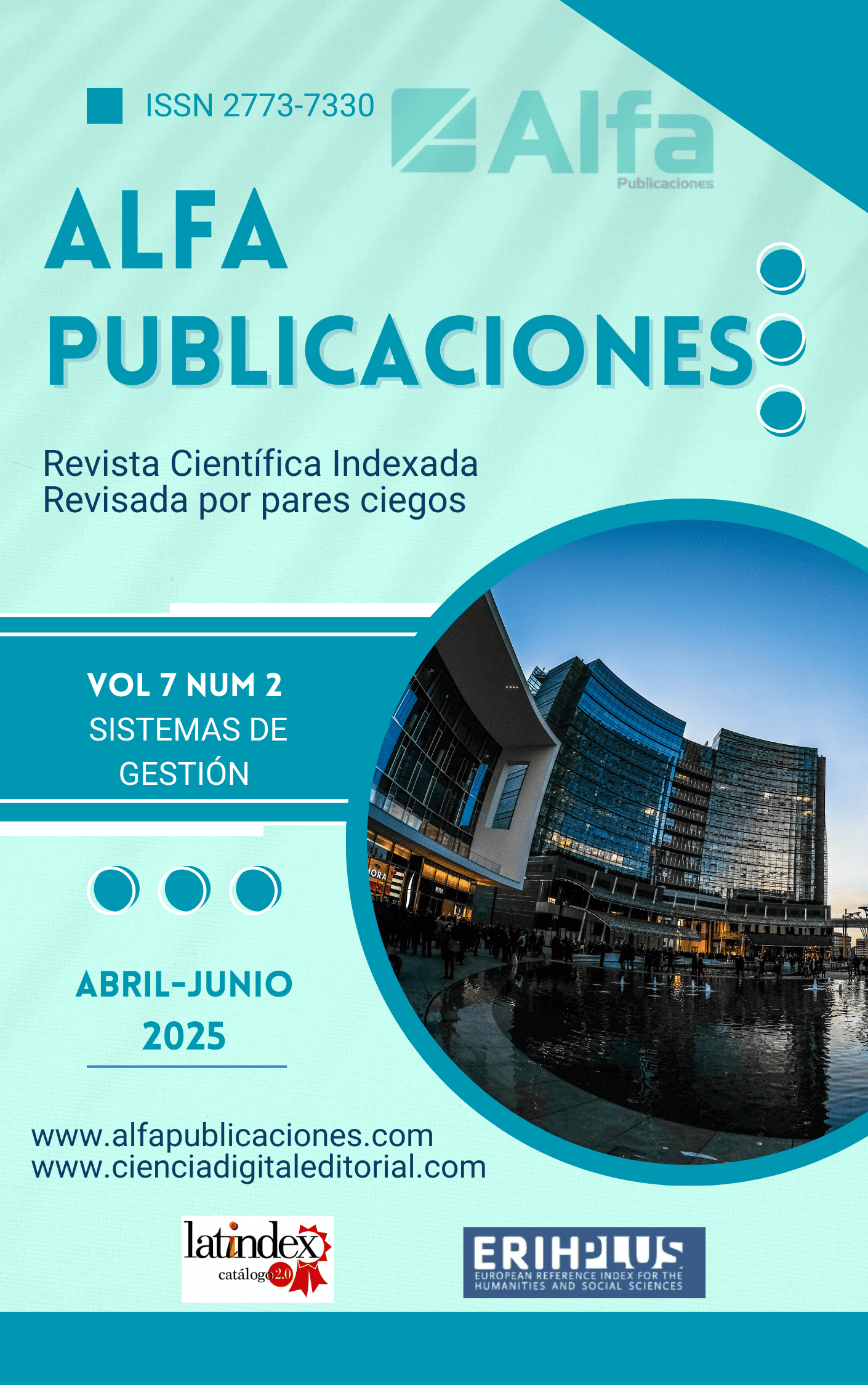“Just Dance” as a gamification strategy towards the inclusion of ADHD in physical education
Main Article Content
Abstract
Introduction. ADHD affects children's academic and social performance, making it difficult for them to be included in Physical Education. Gamification, such as “Just Dance,” can improve motivation and motor control. Objective. To explore the effectiveness of “Just Dance” as a gamification strategy in PE to promote the inclusion of students with ADHD. Methodology. A mixed approach was used with quantitative and qualitative observations in 21 students, including three with ADHD. The gamification strategy was developed in eight levels with multisensory activities, analyzing inclusion through descriptive statistics and content analysis. Results. Gamification improved social interaction, emotional self-regulation, and motivation of students with ADHD. Greater group cohesion and social acceptance were observed, reducing impulsive behaviors and improving concentration. Conclusion. The gamification strategy “Just Dance” promoted the inclusion of students with ADHD in Physical Education, improving their social interaction, self-regulation, and motor skills. Adaptive gamification proved to be effective for educational inclusion. General Area of Study: Education. Specific area of study: Inclusive Physical Education. Type of study: Original articles.
Downloads
Article Details
dssfdsf
dsfdsf

